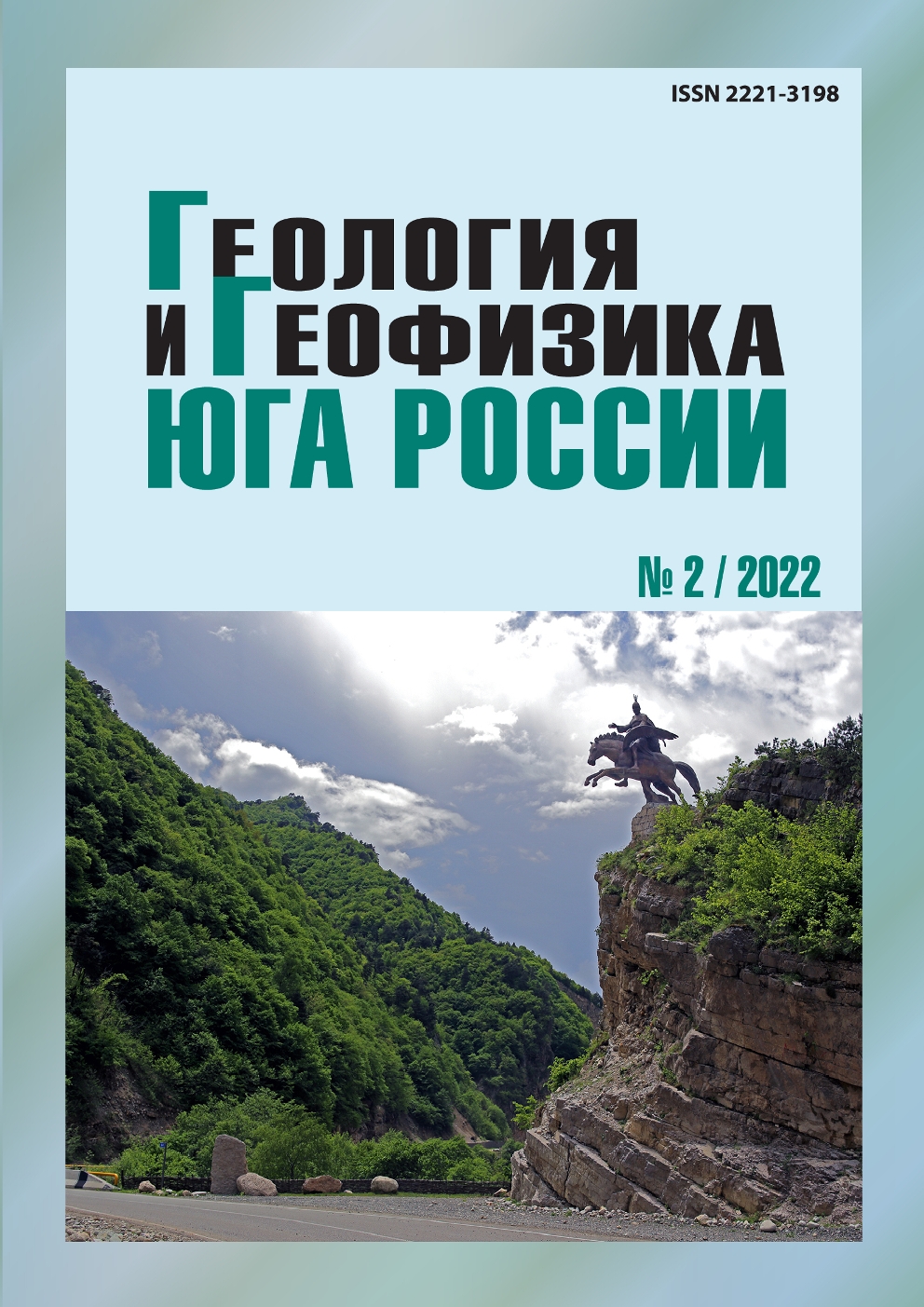Modern geodynamics and seismicity of the North Caucasus: problems of monitoring
Abstract
Relevance. The North Caucasus is one of the most seismically hazardous regions of Russia, within which seismic and geodynamic GPS monitoring networks operate, on the basis of the interpretation of which various tasks are set and solved, and it is important to search for new directions for their effective use. Aim. The purpose of the work is to consideration the possibilities of a comprehensive analysis of monitoring modern geodynamic processes and seismicity by the existing network of stations and laboratories in the North Caucasus to assess the state of geodynamic development as a basis for developing a methodology for assessing geoecological risks. Methods. The methods and methodology of the work consisted in reviewing and analyzing the capabilities of monitoring systems for modern geodynamic processes and seismicity in the North Caucasus and, on this basis, searching for and substantiating new directions for their effective integrated use. Results: Based on the analysis of the possibilities of seismic and GPS monitoring of the North Caucasus territory, tasks are formulated aimed at identifying deep sources of tectonic stresses and their possible connection with near-surface geodynamics and seismic regime, which could become the basis of geoecological zoning. When comparing the materials of GPS observations with the scheme of the crystalline basement block structure of the Greater Caucasus, compiled according to the interpretation of the gravitational and magnetic fields, it was revealed that there is a regular relationship between the directions of the movement velocity vectors of GPS points within the projections of these blocks. This makes it possible to set as one of the research tasks the search for a relationship between deep geodynamics at the level of individual blocks of the crystalline basement and the conditions existing on the surface. For such studies, the North-Ossetian part of the central sector of the Greater Caucasus seems to be a favorable object, provided with the densest network of GPS and seismic monitoring stations. The search for a connection between deep geodynamic processes and the neotectonic structure of the upper horizons of the sections with the features of the distribution of velocity vectors of GPS observation points and the seismic regime of a given territory can be performed on the basis of models in which must take into account the rheological properties of structural-material complexes and the tectonic stress field of this region.


